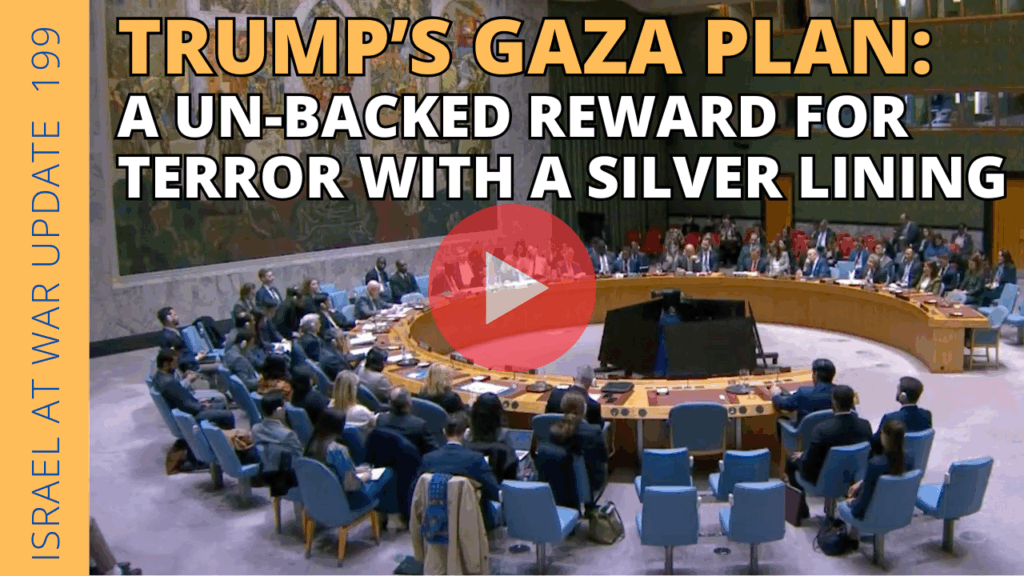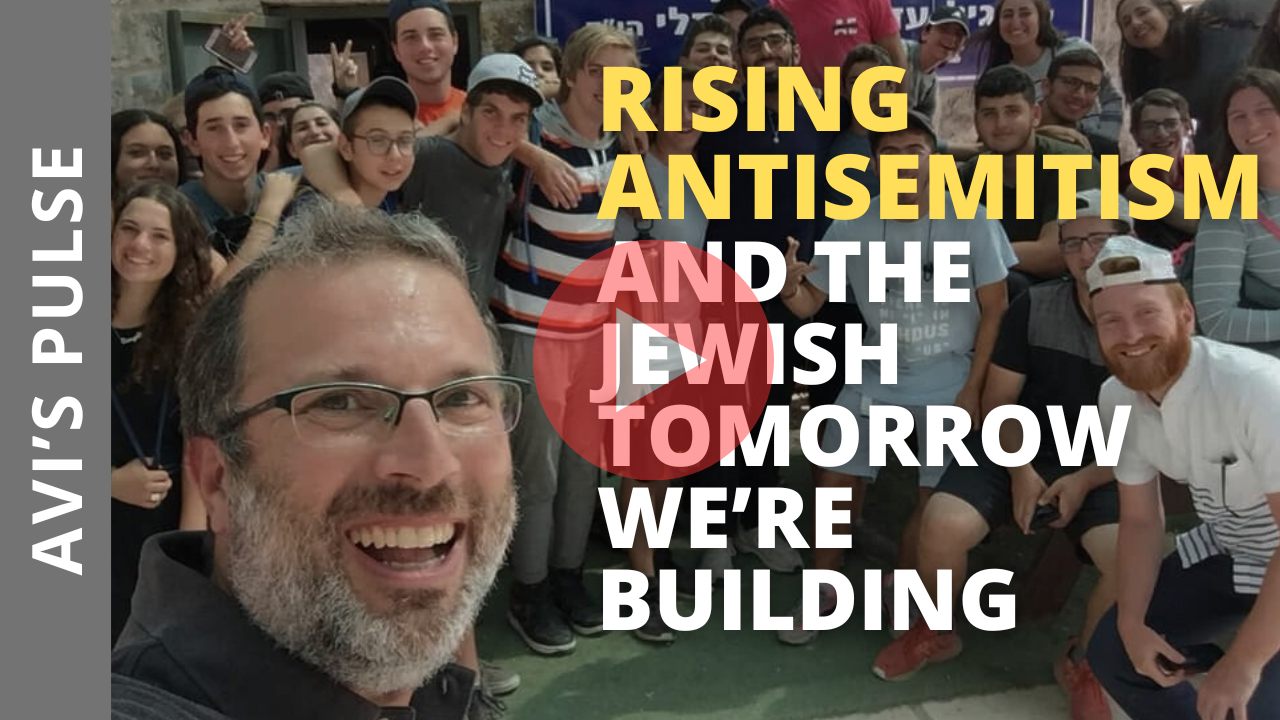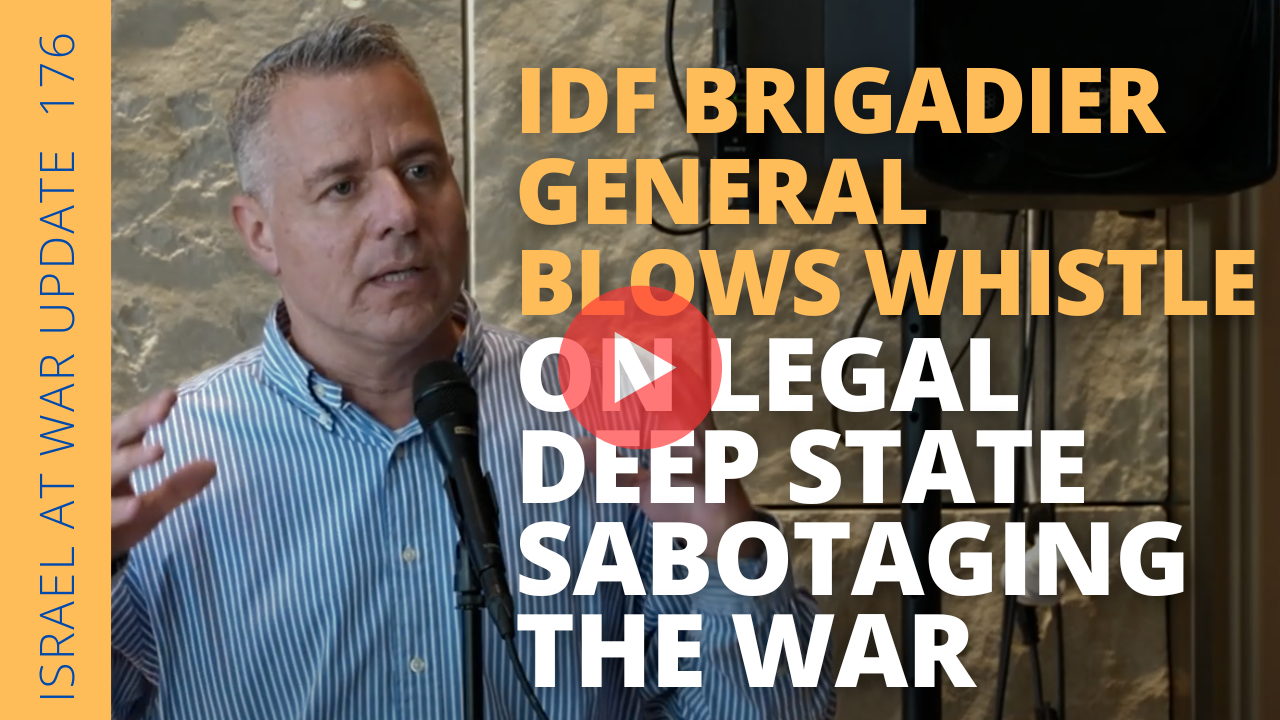As the IDF clarifies its policy on returning bodies of terrorists to Gaza, a former top Shin Bet official analyzes the terror group’s post-war strategy.
Hamas is claiming that it is struggling to locate the bodies of the last three fallen hostages—Dror Or, Ran Gvili and Sudthisak Rinthalak—due to the destruction in the Gaza Strip.
This assessment comes after the terror group transferred “findings” instead of a body on Nov. 17, dragging out the conclusion of the implementation of the Oct. 10 ceasefire’s first-stage. Until now, in exchange for the bodies of deceased hostages—Hamas has handed over 25 out of the 28 it is committed to return—Israel has returned to Gaza the bodies of an unknown number of terrorists killed in the fighting.
Without saying how many, an IDF spokeswoman told JNS that “all the bodies returned so far are Hamas terrorists who were eliminated within the Gaza Strip. The IDF holds the bodies of terrorists. This is according to the decisions of the Security Cabinet, and in accordance with the directives of the political echelon.”
Shalom Arbel, a former senior member of the Israel Security Agency (Shin Bet) who served from 1988 to 2013 in roles involving human intelligence recruitment and operations, told JNS that the current situation is part of a calculated long-term survival and recovery strategy by Hamas.
“I believe that there are objective difficulties in finding the three bodies. But at the same time, Hamas is not too frustrated by this. It is not angry about it, and it does not make sounds of despair that it is having difficulty. This arranges things nicely for it,” he assessed.

This, Arbel argued, is part of Hamas’s wider agenda of “stretching out time to survive and rebuild.”
On the one hand, he said, Hamas says it has failed to find the three bodies, but on the other, it is pleased it hasn’t found them.
“That is exactly the Hamas madness or the contradictions that they live with,” said Arbel. “On the one hand, Hamas tells the United States, Israel and anyone asking them where the bodies are, that there are objective difficulties in locating them. [Yet] if someone from home asks what is happening, ‘why are we not finding them,’ Hamas says it is delaying the process and it is good to drag out time.”
Arbel, who served as a major in the IDF reserves in Lebanon, Gaza, and Judea and Samaria, noted that this duality is inherent to the movement and difficult for Western observers to decipher.
“There is this inherent duality all the time, it is part of the Muslim Brotherhood,” he said. “You sometimes think you are speaking with a schizophrenic, but this is not the case. They know how to navigate between the two paths, or between the two agendas. It is very difficult for Westerners and Israelis to grasp. The Qatari way, for example, is exactly this.”
On the one hand, he said, Qatar embraces Hamas and whispers in its ear to continue committing terrorism and continue building tunnels in exchange for money, while on the other hand, it sits with the United States as a mediator in negotiations, presenting itself as “moderate.”
The goal of such conduct, said Arbel, is to advance from one point to the next toward its greater goals. Hamas and the Muslim Brotherhood are, he assessed, in fact making progress vis-à-vis the West in this goal, despite the catastrophic damage they incurred on Gaza.
According to Arbel, this strategy has yielded results despite the devastating war, as the terror group defines victory differently than Israel does.
“The status of Hamas today is better than it was before Oct. 7. True, there were 50,000 [Gazans] killed, the Gaza Strip is ruined, but of course there is also the future,” he said, noting that after the recent United Nations Security Council decision approving President Donald Trump’s Gaza plan, negotiations were scheduled between U.S. Special Envoy Steve Witkoff and Hamas senior member Khalil al-Hayya in Turkey.
“This is excellent for Hamas,” he said. “These are tremendous achievements.”
The very fact that Hamas survived as a terror regime and armed entity in Gaza is seen by it as “a victory,” Arbel assessed. “They are the leaders of the Palestinians. [They are promoting] endless terror attacks in Judea and Samaria. They are meeting U.S. officials. The U.N. decision on the path to a Palestinian state. What do they need more than this?”
While Hamas’s ultimate goals remain the same, he added, it supports the concept of a hudna (temporary truce) for an allotted number of years to enable it “to become stronger and gather forces to fight the enemy again. That is exactly the story.”
While negotiations stall and Hamas continues to violate the ceasefire, the IDF has expanded its operations on the ground across the Gaza Strip.
On Wednesday, terrorists opened fire from the Khan Yunis area of southern Gaza toward IDF troops operating near the Yellow Line separating Hamas-controlled Gaza from the Israeli-controlled part. No IDF casualties were reported.
In a rapid and widespread response, the IDF, led by the Southern Command and guided by the Shin Bet, launched a wave of airstrikes and artillery fire against Hamas targets throughout the Gaza Strip.
Earlier this week, IDF troops from the Nahal Brigade Battle Team identified two terrorists who crossed the Yellow Line and approached forces deployed in the southern Gaza Strip, constituting an immediate threat. The soldiers immediately fired and eliminated both terrorists, the military said.

 Whatsapp
Whatsapp




